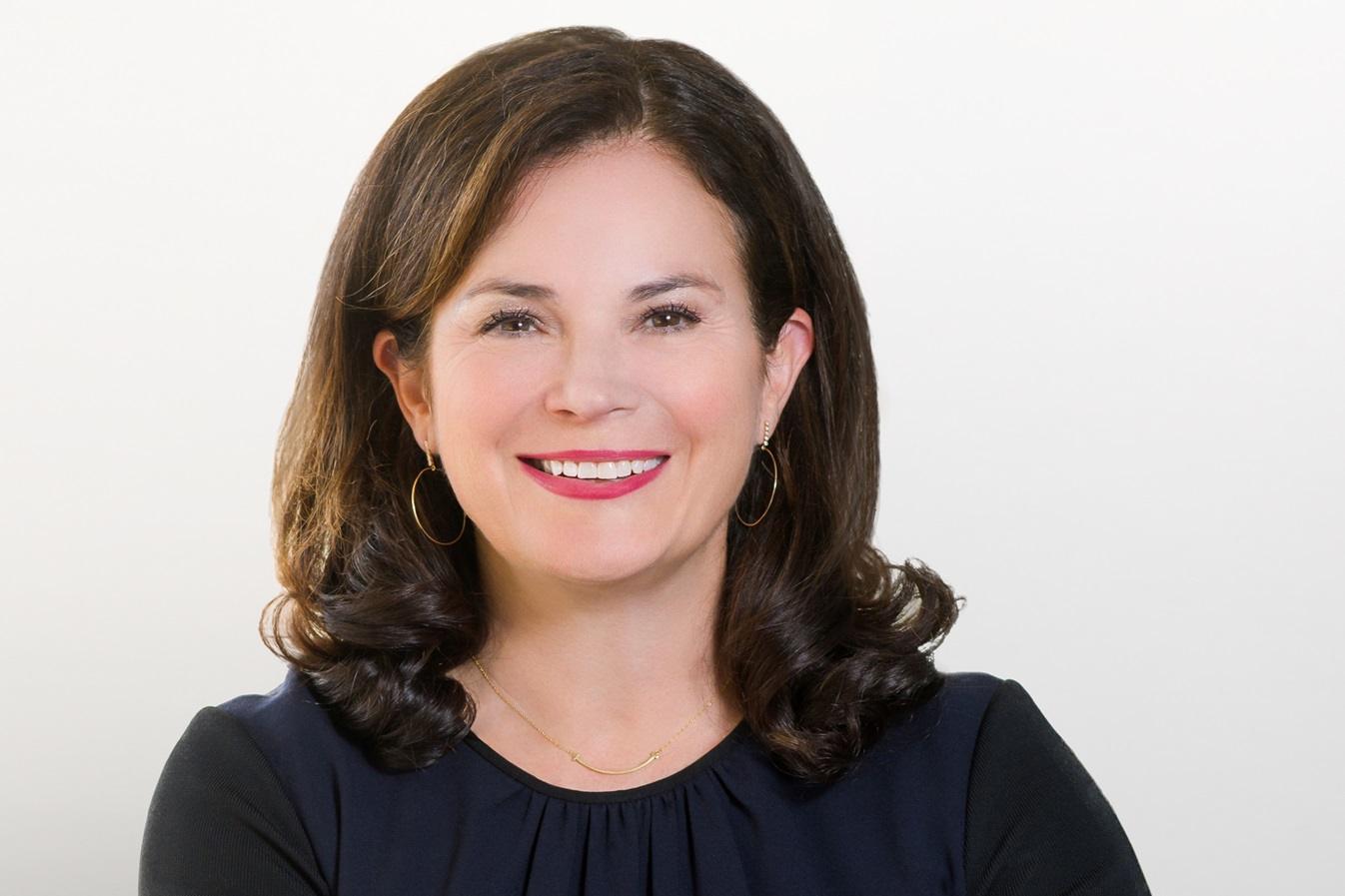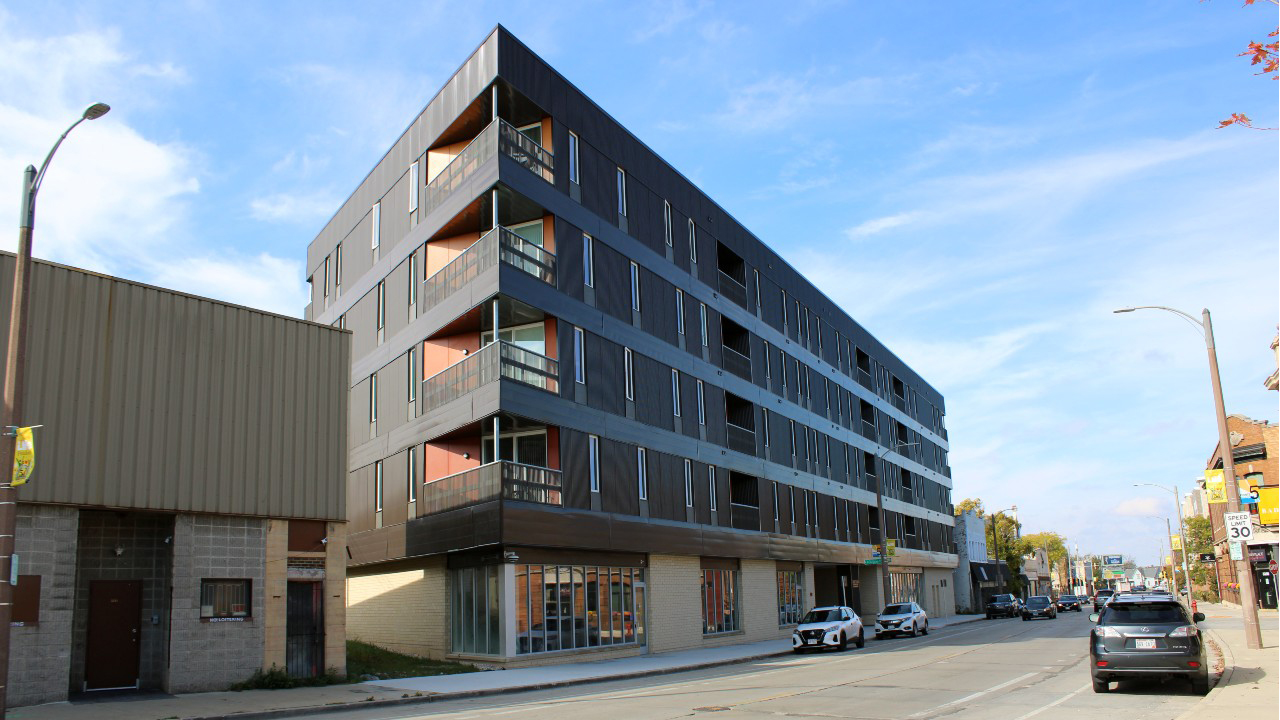P
roptech has been reshaping real estate for over a decade, yet many opportunities remain untapped. While the industry is increasingly embracing AI, founders find that some segments—especially residential, and within that, multifamily—are the most in need of disruption.
Eric Walsh, North America managing director at MRI Software, notes that residential real estate is “the most hungry and ripe for value creation.” High occupancy rates coexist with soaring construction material costs and a decline in new builds. In this environment, retaining and renewing tenants is far cheaper than acquiring new ones, making the sector a prime target for tech solutions that streamline operations and reduce costs.
Walsh also highlights the digital shift in tenant interactions. The lead‑to‑lease and renewal processes now occur largely online, and tenants expect the same seamless, app‑like experience they enjoy when shopping on their phones. Proptech can also curb fraud, which has surged by 30‑40 %. Eviction costs have climbed from $5,000‑$10,000 to as much as $35,000, making AI‑driven fraud detection increasingly valuable for residential operators.
In New York City’s multifamily market, the proliferation of proptech platforms has created redundancy and a disconnect between technology and real‑estate needs. Andrew Steiker‑Epstein, chief data officer at Charney Companies, has demoed hundreds of platforms in two years, many offering overlapping or narrowly focused solutions that struggle to integrate. An example is a rental platform that allowed live bidding on units—a concept that, while innovative, would never be adopted by NYC landlords.
Despite these challenges, some platforms have proven useful. Venn manages tours, screening, payments, and renewals; Urban Mix offers 3D modeling and machine learning for urban redevelopment; and Zuma’s AI leasing agent has doubled Charney’s tour volume. Yet Steiker‑Epstein warns that the market is oversaturated, especially with AI tools that are relatively simple to build. He believes that, within a few years, many firms will develop their own solutions in‑house.
Katharine Lau, CEO of Stuf, points to niche operating businesses—self‑storage, RV parks, marinas, parking—as the next frontier for proptech. These sectors already generate strong cash flow but rely on manual, fragmented systems. AI can unlock significant efficiency and revenue gains, though it will likely streamline rather than overhaul their core models. Hotels, while more complex, still have large volumes of guest communication and booking workflows that are ripe for intelligent automation.
Eric Benaim, co‑founder of Klipster, has launched a video‑first, live‑streaming listing platform that blends TikTok‑style content with Zillow‑style property searches. Targeting millennials and Gen Z, Klipster allows agents, brokers, and property owners to upload or create videos, while consumers browse listings like social media feeds. With 1,000 agent profiles and over 3,000 listings, the platform is gaining traction among younger apartment hunters.
Brad Pilgrim, CEO of Parity, sees multifamily buildings as a vast market for HVAC tech. Only 15 % of North American buildings use technology to control HVAC systems, leaving a huge gap for energy‑saving solutions. Parity’s remote software tracks building performance and reduces staffing costs, addressing the high energy prices and carbon‑emission pressures that owners face.
David Homola of PlanRadar notes that safety compliance is a common pain point across healthcare, industrial, commercial, and residential sectors. Digital platforms can replace fragmented paper logs with automated audit‑ready reports, freeing skilled professionals from paperwork and improving transparency. With labor shortages, such solutions are increasingly essential.
In sum, proptech—particularly AI—continues to find fertile ground in residential, niche operating businesses, hotels, and construction safety. While the market is crowded, the most successful innovations will align closely with the specific operational challenges of each sector, delivering tangible cost savings and efficiency gains.















